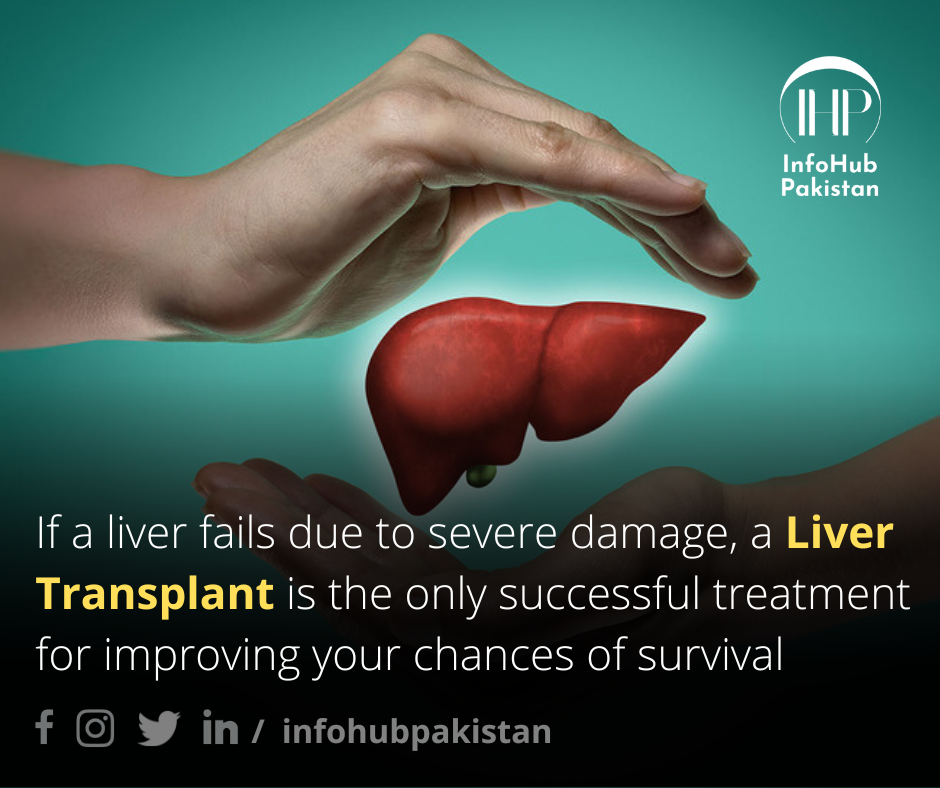
Liver Transplant
The human liver, the largest internal organ, is one of the most vital organs that performs more than 500 functions in your body. Some of these functions include the storage of minerals and vitamins, preventing infections, controlling immune responses, blood filtering, drug metabolization, and bile production. All these functions are affected or hampered when the liver becomes damaged or develops a severe disease.
If a liver fails due to severe damage, a liver transplant is the only successful treatment for improving your chances of survival. But is liver transplant successful? Yes, and it has a high success rate, which offers positive hope to patients with liver disease.
What is a liver failure?
What are the symptoms of liver failure?
- Nausea
- Fatigue
- Diarrhoea
- Loss of appetite
- Blood in vomit
- Blood in stool
- Jaundice
- Confusion
- Fluid buildup in arms, legs, and abdomen
- Bleeding
- Loss of appetite
- Malaise (general feeling of being unwell)
- Movement problems
- Breath with a musty or sweet odour
- Confusion or forgetfulness
- Jaundice
What is a liver transplant?
Many patients wonder it is liver transplant possible when their liver is damaged and can’t be cured with medications. The short answer is yes, a liver transplant is possible.
A liver transplant involves surgically removing the diseased or failed liver and replacing it with a healthy donor. A healthy liver can come from a living or deceased donor. Living donor liver transplantation is an alternative to a deceased donor liver transplantation. It is possible because the liver regenerates itself soon after a portion of it is removed. The chances of surviving a liver transplant are pretty high. The types of liver transplants are:
- Living donor liver transplantation: The procedure replaces a diseased or damaged liver with a portion of a healthy liver from a living donor.
- Deceased donor liver transplantation: It is also known as cadaver liver transplantation. It involves removing a healthy liver from a recently deceased person and transplanting it into a patient with a damaged liver.
Who needs a liver transplant?
- Alcoholic cirrhosis (alcohol-induced liver disease)
- Primary biliary cirrhosis
- Liver cancers, such as hepatocellular carcinoma, hilar cholangiocarcinoma, and hepatoblastomas
- Chronic infections like hepatitis B or C
- Thrombosis (blood clots in veins or arteries)
- Metabolic disorders related to liver failure like Wilson’s disease
- Biliary atresia (a congenital disability that blocks the bile ducts)








